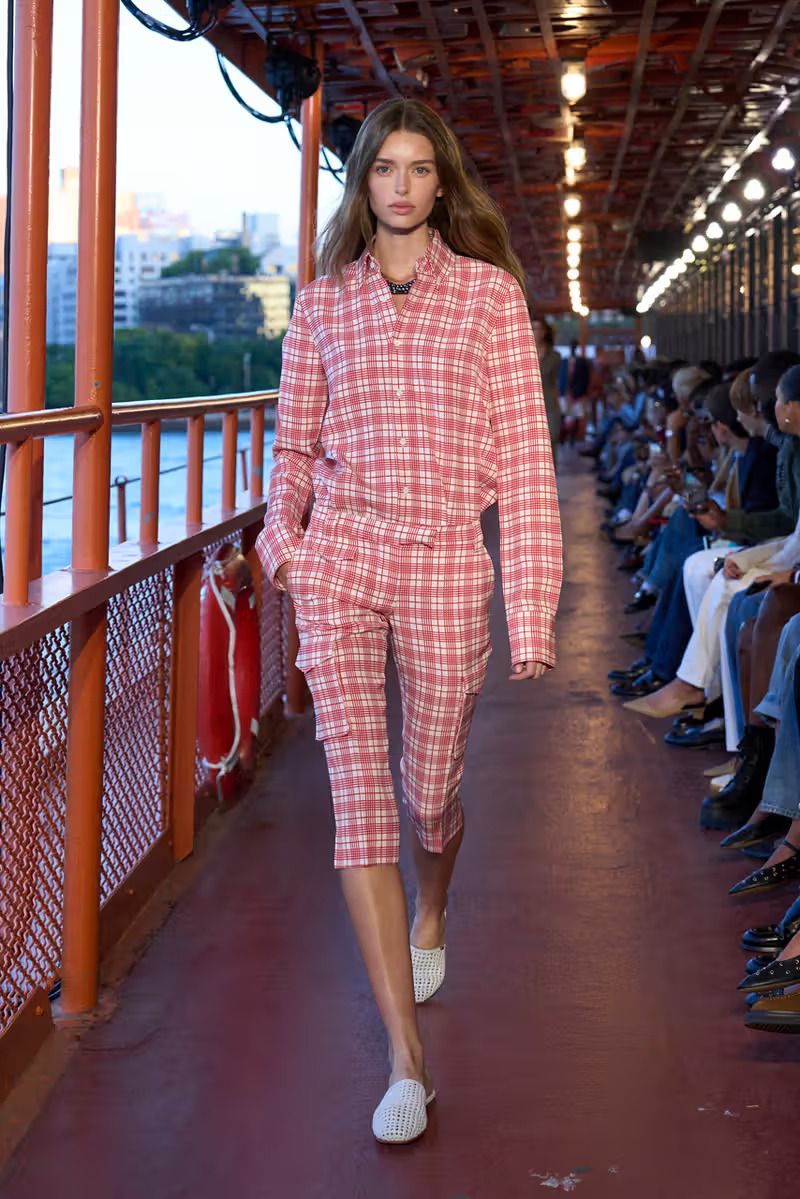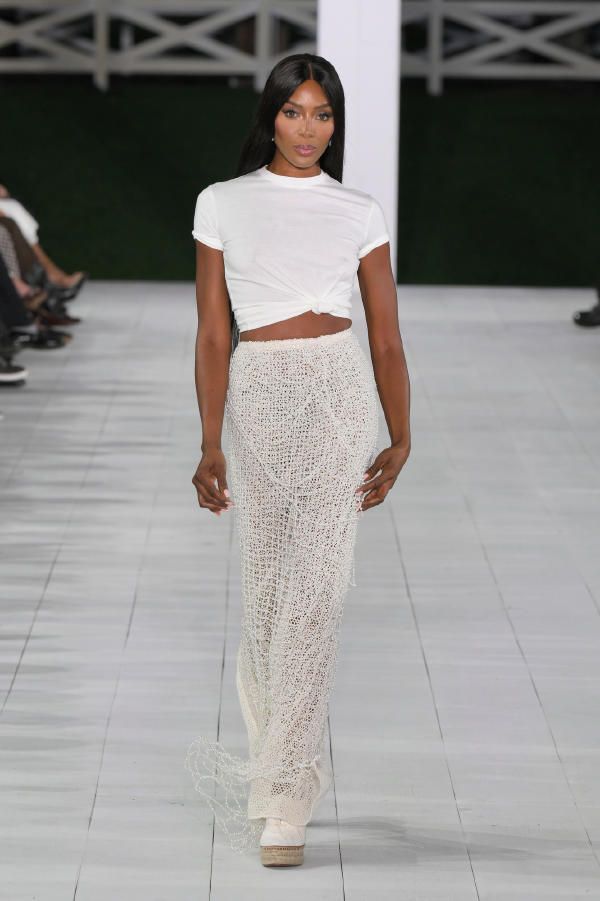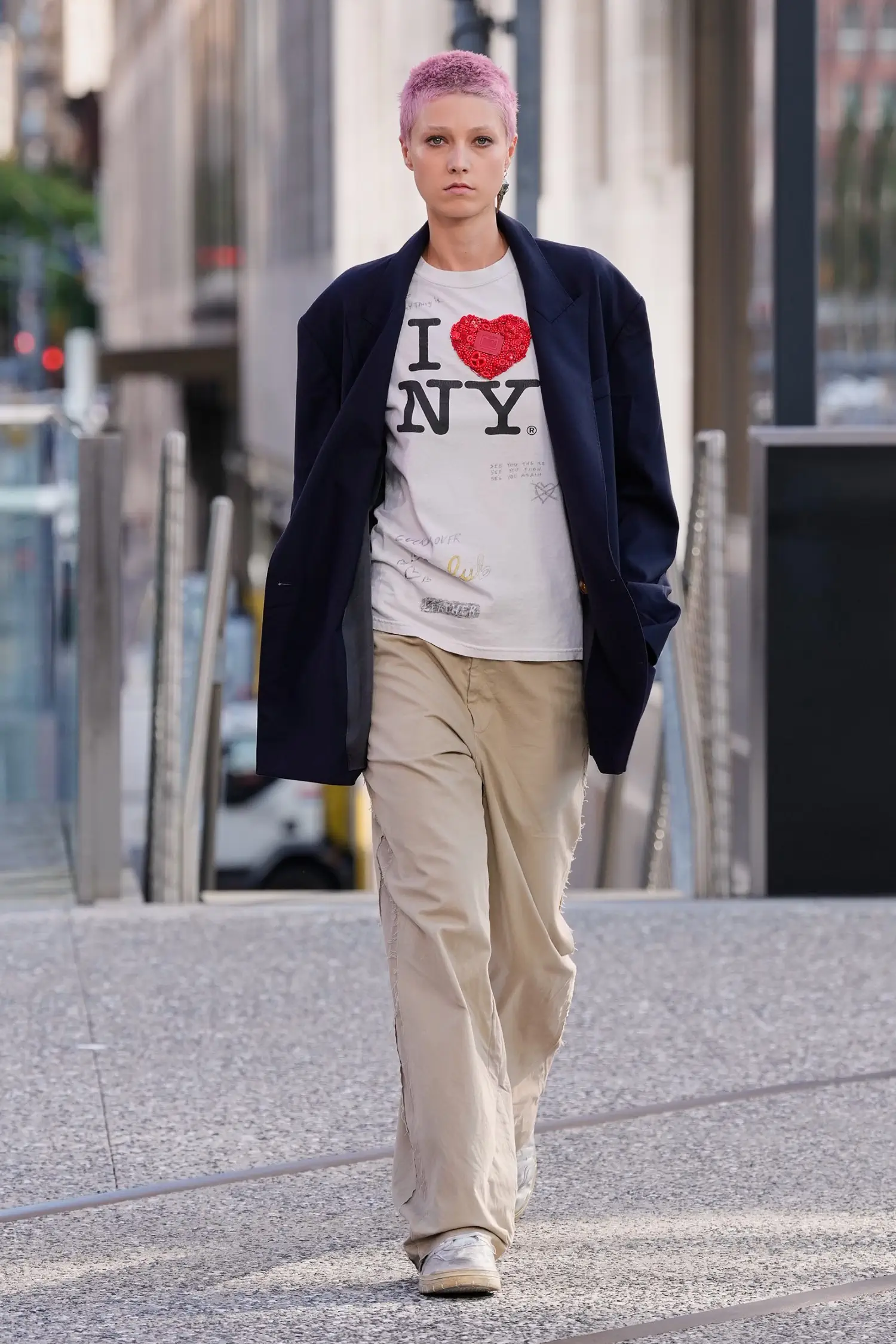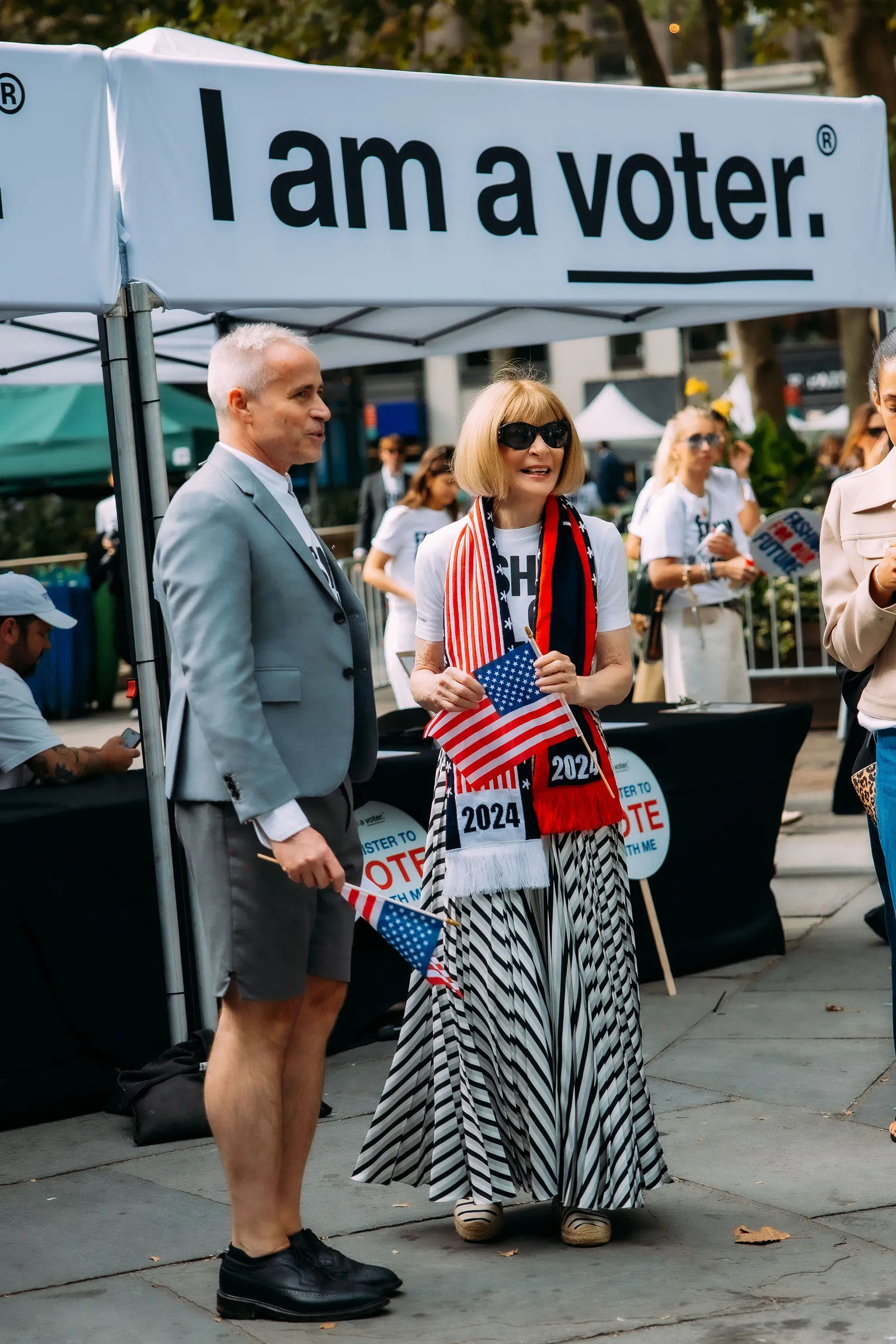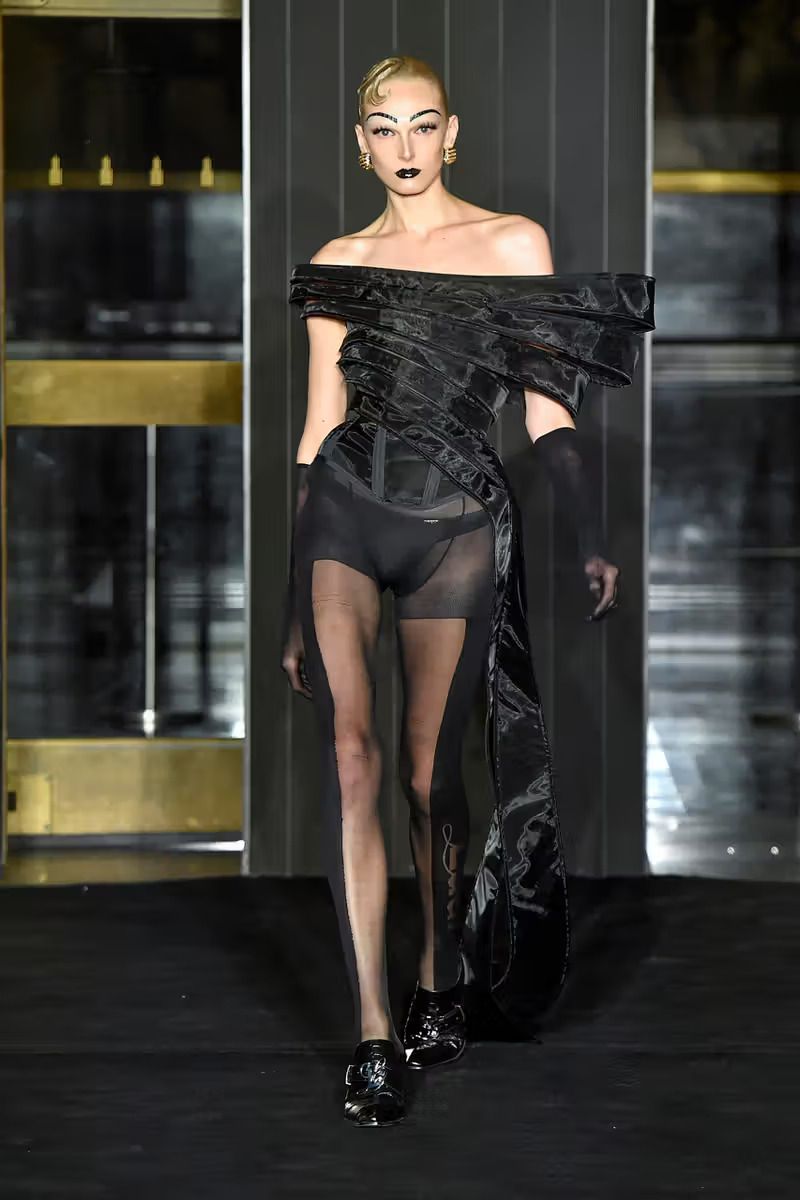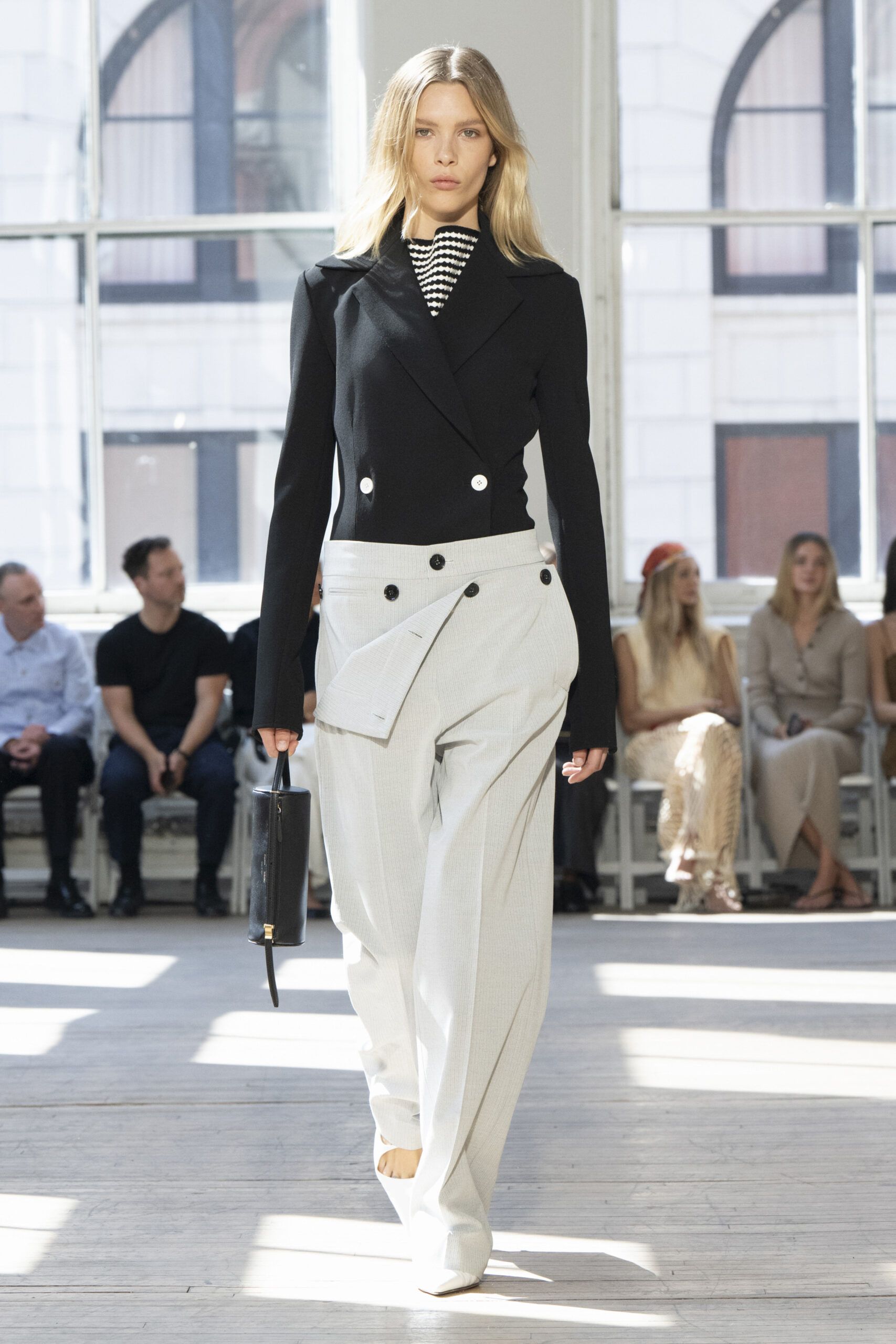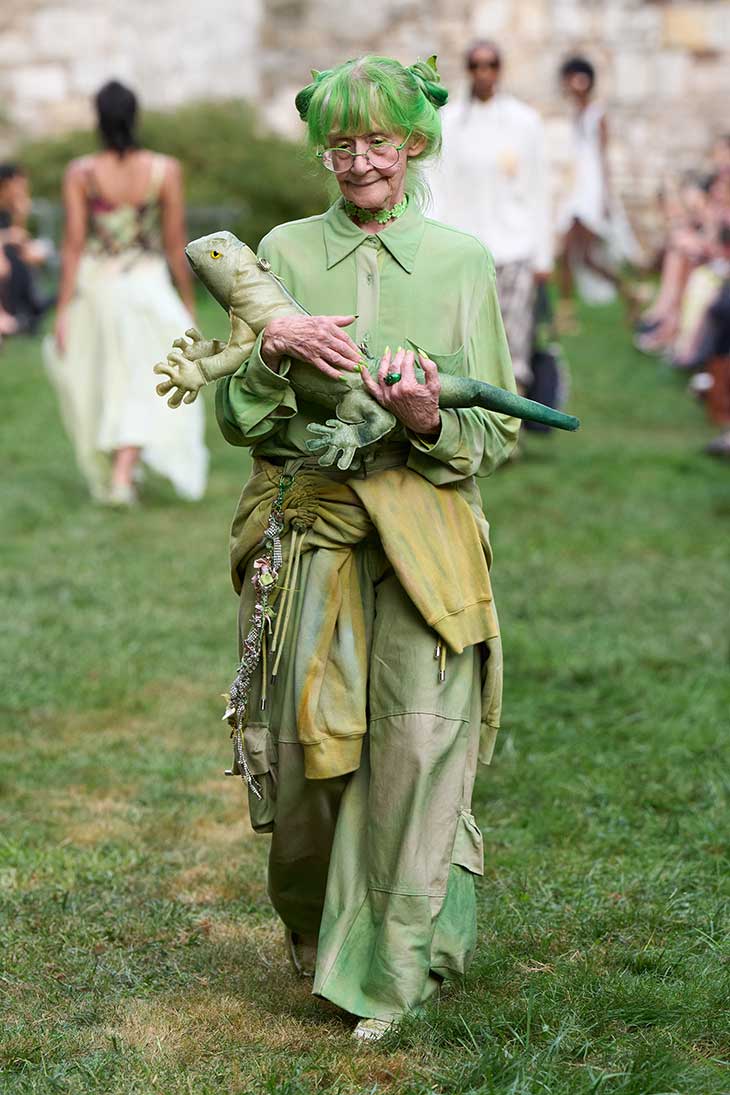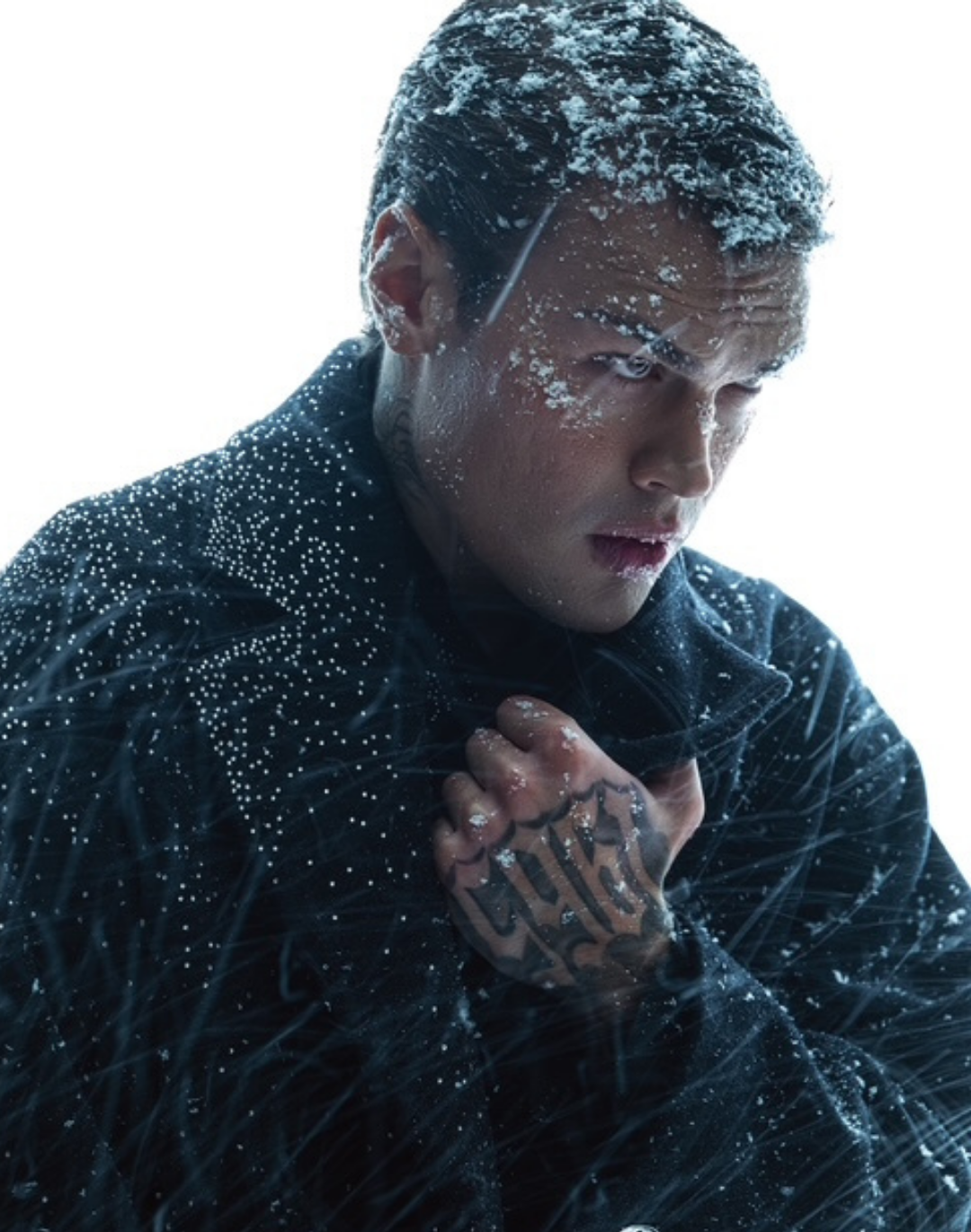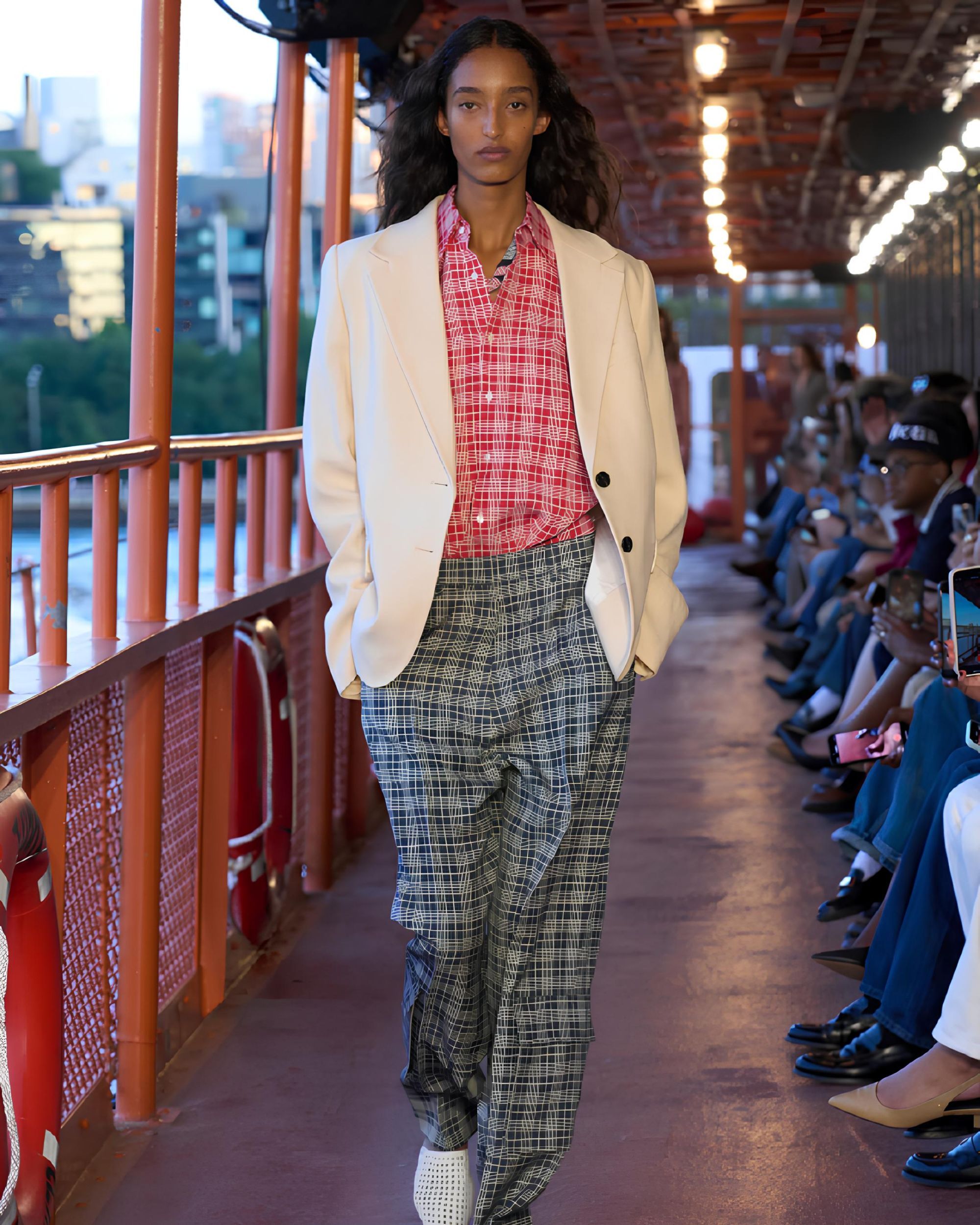
What happened to New York? The uncertain future of American fashion at NYFW
UPDATE 12/24/2024: After the strike on Sept. 9 that saw supermodels the likes of Irina Shayk and Amber Valletta deliver letters to New York Governor Kathy Hochul requesting approval of the Fashion Workers Act, the law was passed by the state. The new regulation will provide models working in New York State with greater protections, particularly regarding cases of exploitation, harassment and abuse. A clause in the Fashion Workers Act also addresses artificial intelligence, offering recourse in cases of unauthorized use of digital images by brands or companies. The law, now signed by the governor, will take effect from June 2025.
Two months before the U.S. presidential elections, the social unrest that has been affecting the country in recent weeks has also prompted the fashion industry to voice its concerns: on September 9th, a group of models (including top models Irina Shayk and Amber Valletta) left the runways to deliver one hundred letters to the city’s governor, Kathy Hochul, requesting the approval of the Fashion Workers Act. The act would provide greater protections to workers in the industry (especially freelancers, such as models and independent designers), including laws to prevent exploitation. The bill has passed through the city's legislative bodies but still needs the governor's signature to take effect. Even before the models took to the streets with letters in hand, Vogue, the Council of Fashion Designers of America, and the non-profit I Am a Voter marched in Manhattan to urge U.S. citizens to vote in the upcoming presidential elections. Meanwhile, Area, an innovative brand on the NYFW calendar, launched a collaboration with Tinder focused on abortion rights, accompanied by a $25,000 donation to the association Planned Parenthood. The socio-political events of recent days in the Big Apple recall 2016, when Donald Trump’s election and his infamous sexist, misogynistic, and racist remarks spurred the fashion industry to protest against his presidency. However, this year, the stakes are much higher, for the country as well as for the future of American fashion.
One of the main reasons why New York Fashion Week is losing its appeal concerns the transformations that American brands have undergone in the last twenty years. By adopting large-scale distribution business models, giants like Tommy Hilfiger, Ralph Lauren, and Michael Kors have increased sales but also changed the public perception of their brands, a move that has distanced them from the world of extreme luxury pursued by their European counterparts. While Michael Kors has practically disappeared from the public radar, supplanted by fresher brands like Coach (which, incidentally, has been summoned to court by Kors these days on charges of competition), Ralph Lauren is now reinventing itself outside the NYFW calendar with a show in the Hamptons and Tommy Hilfiger is betting everything on nostalgia, with pop and high-profile media shows that are democratically appreciated but lack the creative focus many expect from a Fashion Week runway show. Despite this, Hilfiger and Coach seem to be the only brands capable of capitalizing on American charm. In their case, the marketing gimmick "I <3 New York" manages to convince consumers for two very valid reasons: heritage and money. Two things that, as you can imagine, an independent brand struggles to acquire. As journalist Eugene Rabkin, founder of Style Zeitgeist, states in Cultured, «It is difficult to see New York as a fashion capital, even though it is certainly the fashion consumption capital.»
When it comes to creativity and young talent, which New York has never lacked, there is an ongoing issue that does not concern only the City, but all the major fashion capitals of the world: the lack of support for small and independent businesses. While London stands out slightly from this trend, thanks to initiatives like the Fashion East talent incubator, which has built a strong support network for new faces in British fashion, young brands in New York are struggling. Confirming this, Puppets and Puppets has moved to the UK this year, while Dion Lee and Mara Hoffman have had to close their businesses. At this point, New York’s central role in the political geography of fashion is inevitably called into question: if the big brands no longer have the same influence in the fashion industry, independent brands lack the financial resources to participate in the event, and luxury houses like Ralph Lauren and The Row choose to present off-calendar or even in another city, what is the real purpose of NYFW? During the models’ march in Manhattan for the approval of the Fashion Workers Act, the complete lack of support from brands and government bodies demonstrated how the city of great opportunities is, in the end, a stage reserved for a few lucky ones: those who have already had the opportunity.










































